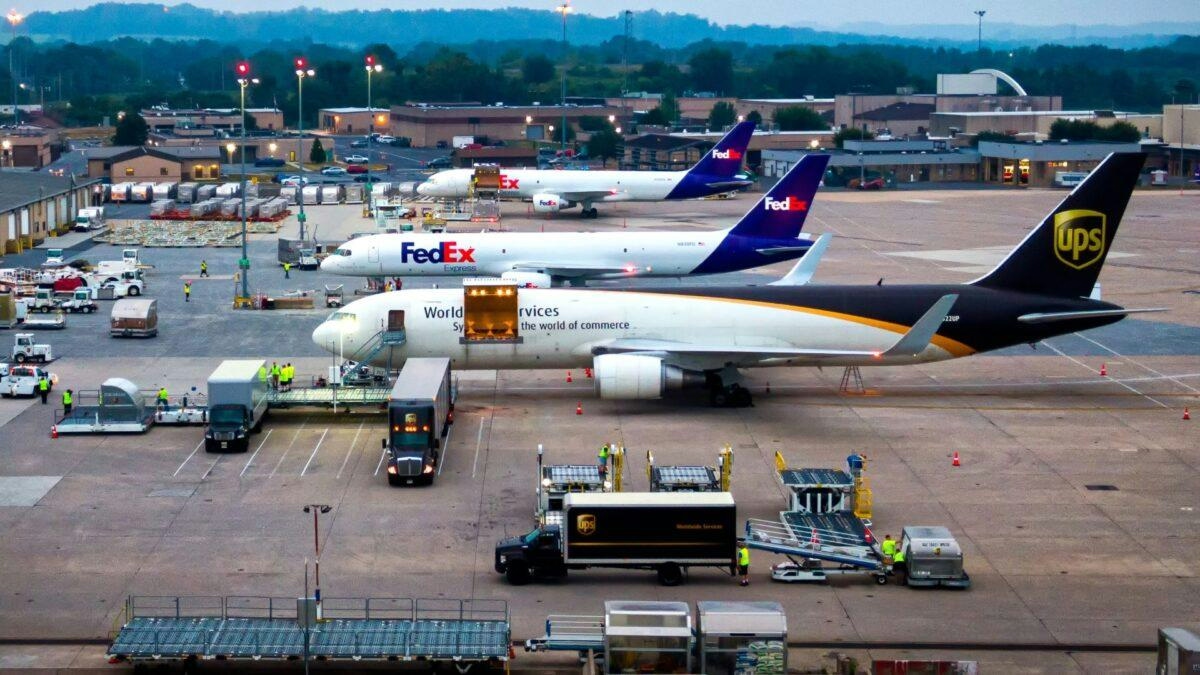
AeroGenie — Seu copiloto inteligente.
Tendências
Categories
ADR Enhances Passenger Experience with AI Virtual Assistant

ADR Enhances Passenger Experience with AI Virtual Assistant
Transforming Travel at Rome Fiumicino Airport
Aeroporti di Roma (ADR) has introduced an AI-powered Virtual Assistant designed to elevate the passenger experience at Rome Fiumicino Airport. Developed in collaboration with Amazon Web Services (AWS) and Storm Reply, this digital companion aims to provide travellers with real-time information and support throughout their airport journey. Accessible via ADR’s WhatsApp Chatbot and official website, the Virtual Assistant features ADRYX, the airport’s official mascot, and offers instant access to essential travel details including flight updates, airport services guidance, and personalized recommendations in multiple languages.
The assistant leverages AWS’s generative AI technologies, such as Amazon Bedrock and a multi-agent architecture, to deliver secure, high-quality responses while maintaining stringent data privacy standards. Emanuele Calà, Senior Vice President Transformation & Technology at ADR, emphasized the significance of this innovation, stating, “From the first ‘Buongiorno’ to the final ‘Arrivederci’, we are committed to offering a smooth travel experience that blends Italian hospitality with technological innovation.” He further highlighted that the Virtual Assistant represents a key milestone in ADR’s digital transformation, supporting the approximately 50 million travellers passing through its airports annually.
Collaboration and Technological Innovation
The development of the Virtual Assistant was supported by the AWS Generative AI Innovation Center and Storm Reply, an AWS Premier Consulting Partner. Filippo Rizzante, Chief Technology Officer at Reply, underscored the assistant’s capacity to handle complex, real-time queries across various languages and contexts. He remarked, “By combining multi-agent orchestration with AWS generative AI services, we enabled the Assistant to securely and efficiently manage complex real-time queries. Thanks to ADR’s innovative spirit, the AI-powered Assistant now enhances both operational efficiency and the passenger experience at a global high-traffic hub like Fiumicino.”
Julien Groues, Vice President of AWS France and Europe South, noted the broader implications for the travel industry, observing, “The travel industry is undergoing a revolution driven by artificial intelligence and cloud technologies. Aeroporti di Roma’s Virtual Assistant demonstrates how generative AI can meaningfully transform passenger experiences.”
Challenges and Industry Perspectives
Despite the promising advancements, the rapid integration of AI in travel raises several challenges. According to Phocuswright’s 2025 Innovation Trends report, AI-driven travel search queries have surged by 700%, prompting concerns among travel agents about potential job displacement. Industry professionals exhibit a degree of skepticism, even as competitors increasingly adopt AI to enhance customer service and operational efficiency. There is a growing consensus that AI should serve to complement human expertise rather than replace it.
Moreover, the reliability of AI assistants remains a critical issue. Recent studies reveal that AI tools have produced significant inaccuracies in 45% of news-related responses, highlighting the necessity of verifying AI-generated information against original sources. While many companies invest heavily in AI to improve customer interactions, critics caution that foundational challenges—such as maintaining clean and accessible customer data—are often overlooked.
In this context, ADR’s Virtual Assistant stands as a notable advancement in applying technology to improve the airport experience. It reflects a careful balance between embracing innovation and ensuring ongoing human oversight and data integrity.
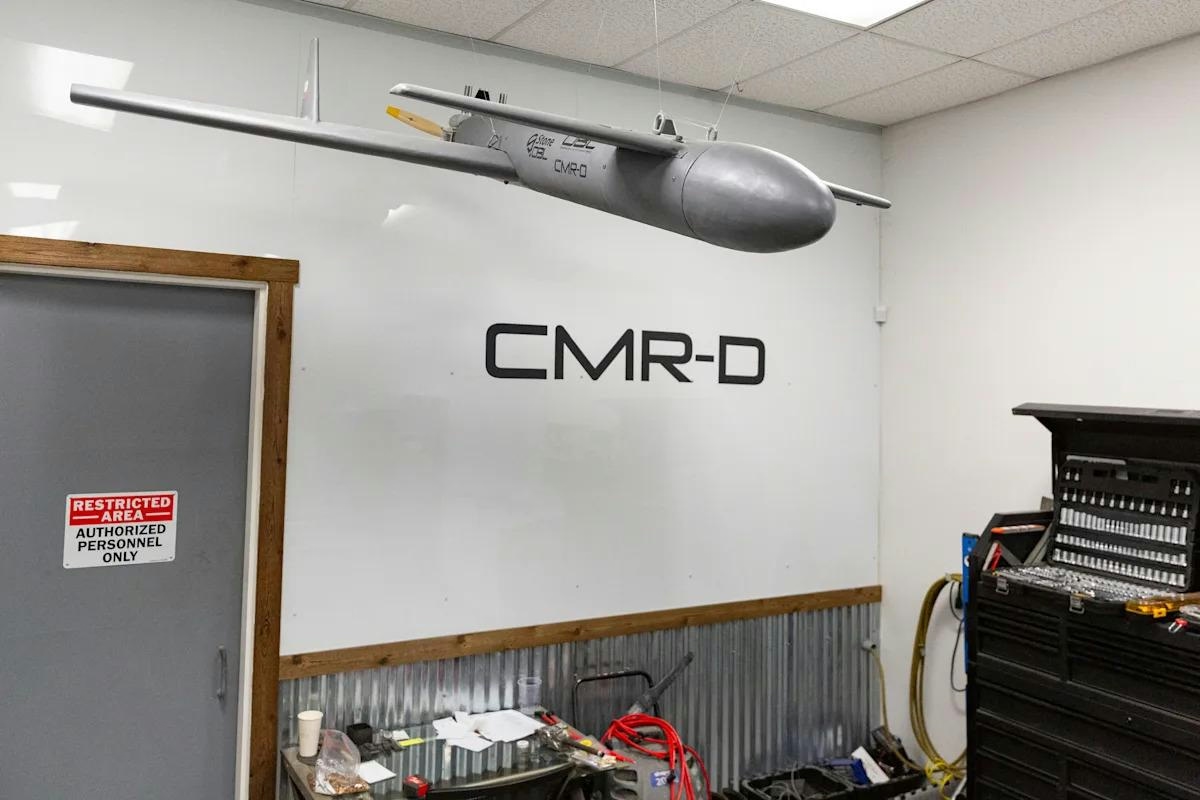
Kilroy Aviation Provides ODA Support Amid Government Shutdown

Mexico Advances in Drone Technology
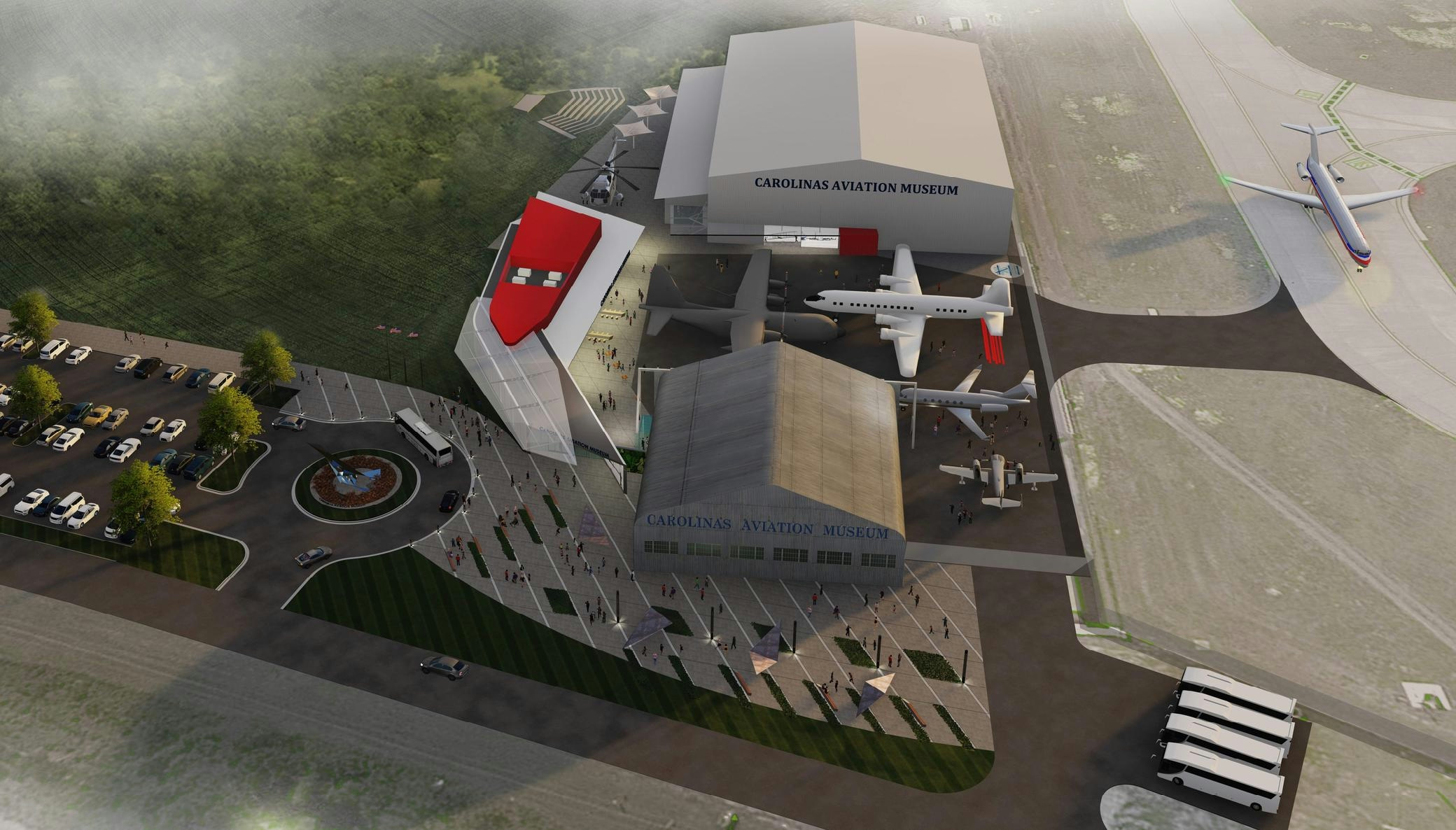
Charlotte Douglas Airport and UNC Charlotte Partner to Advance Aviation Innovation and Workforce Development
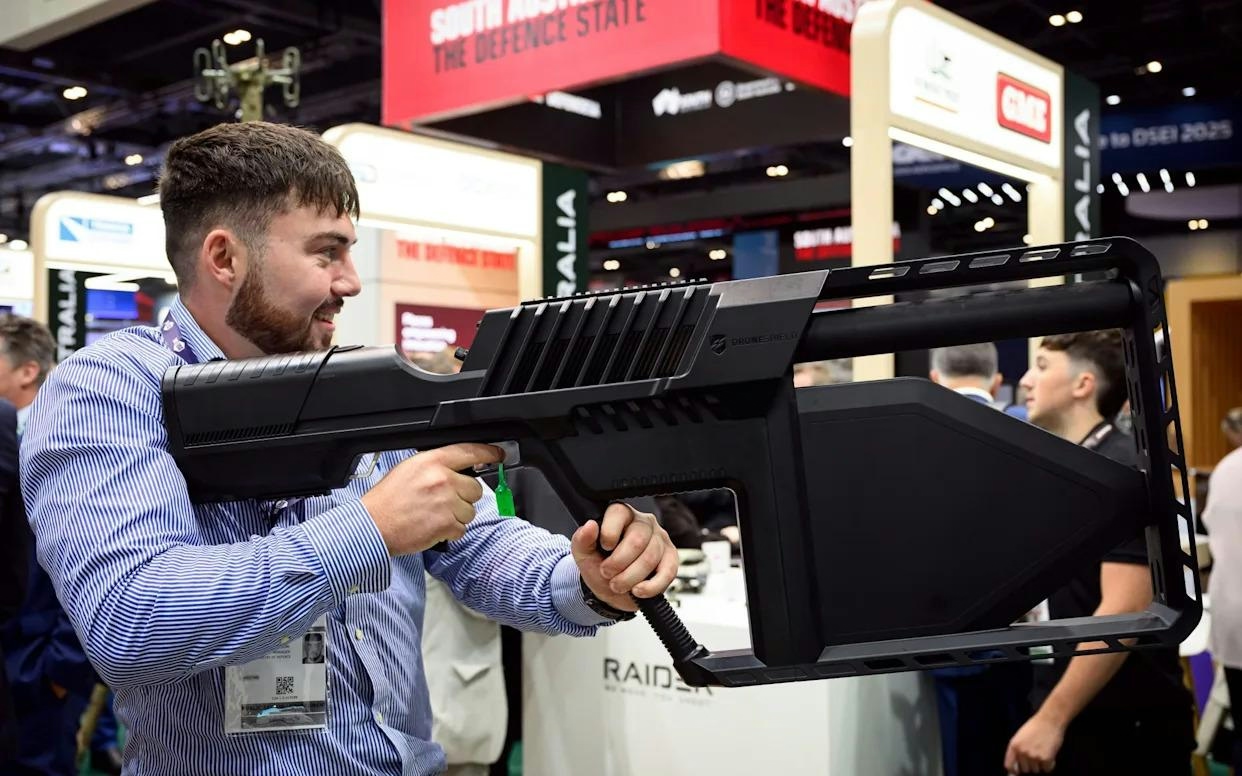
DroneShield Introduces ADS-B Integration and Enhanced AI for Enterprise Command
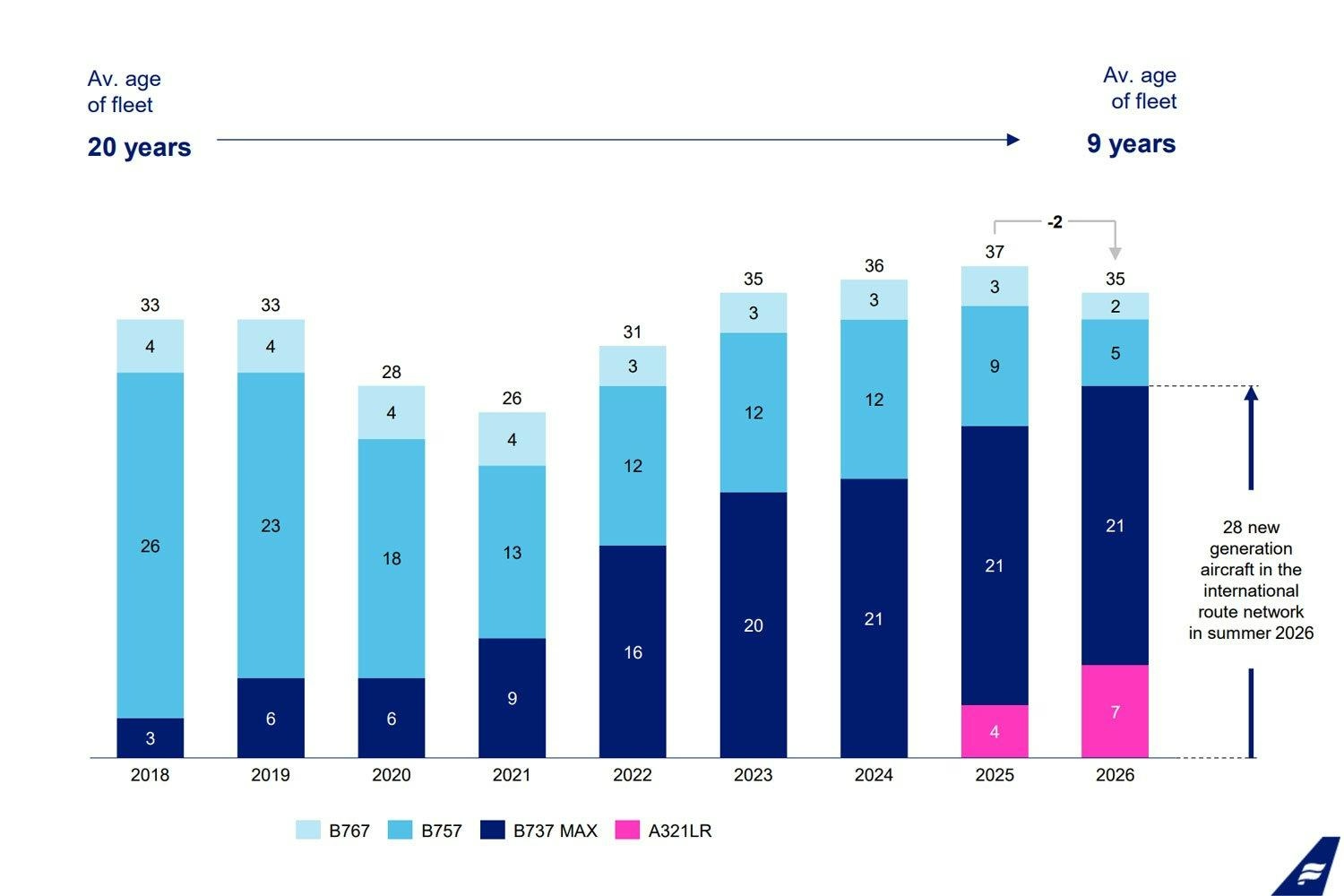
Icelandair to Retire Boeing 767 Fleet by End of 2026
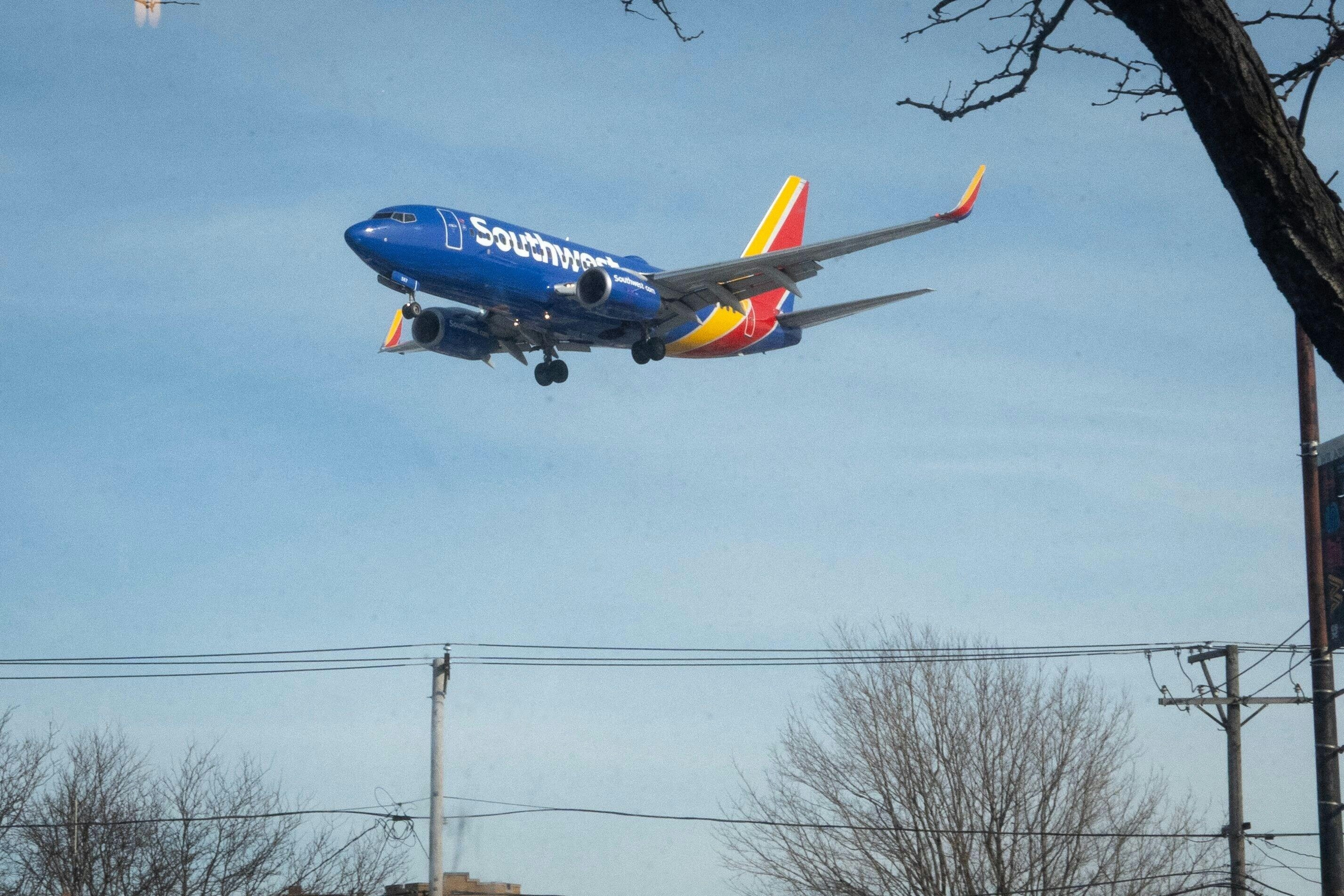
Southwest Airlines to Open Global Innovation Center in Hyderabad
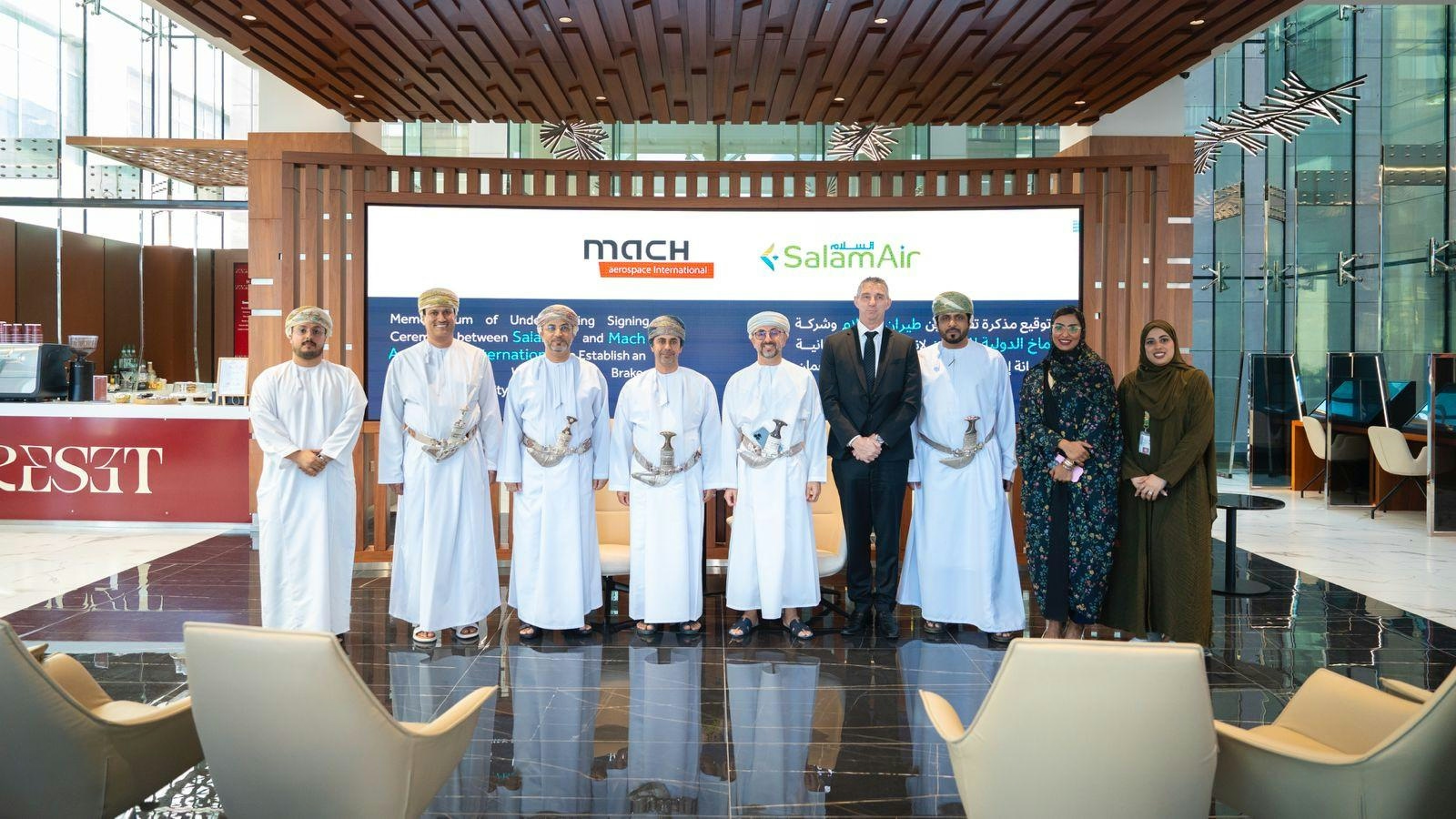
SalamAir and Mach Aerospace Launch Aircraft Maintenance Hub at Muscat International Airport
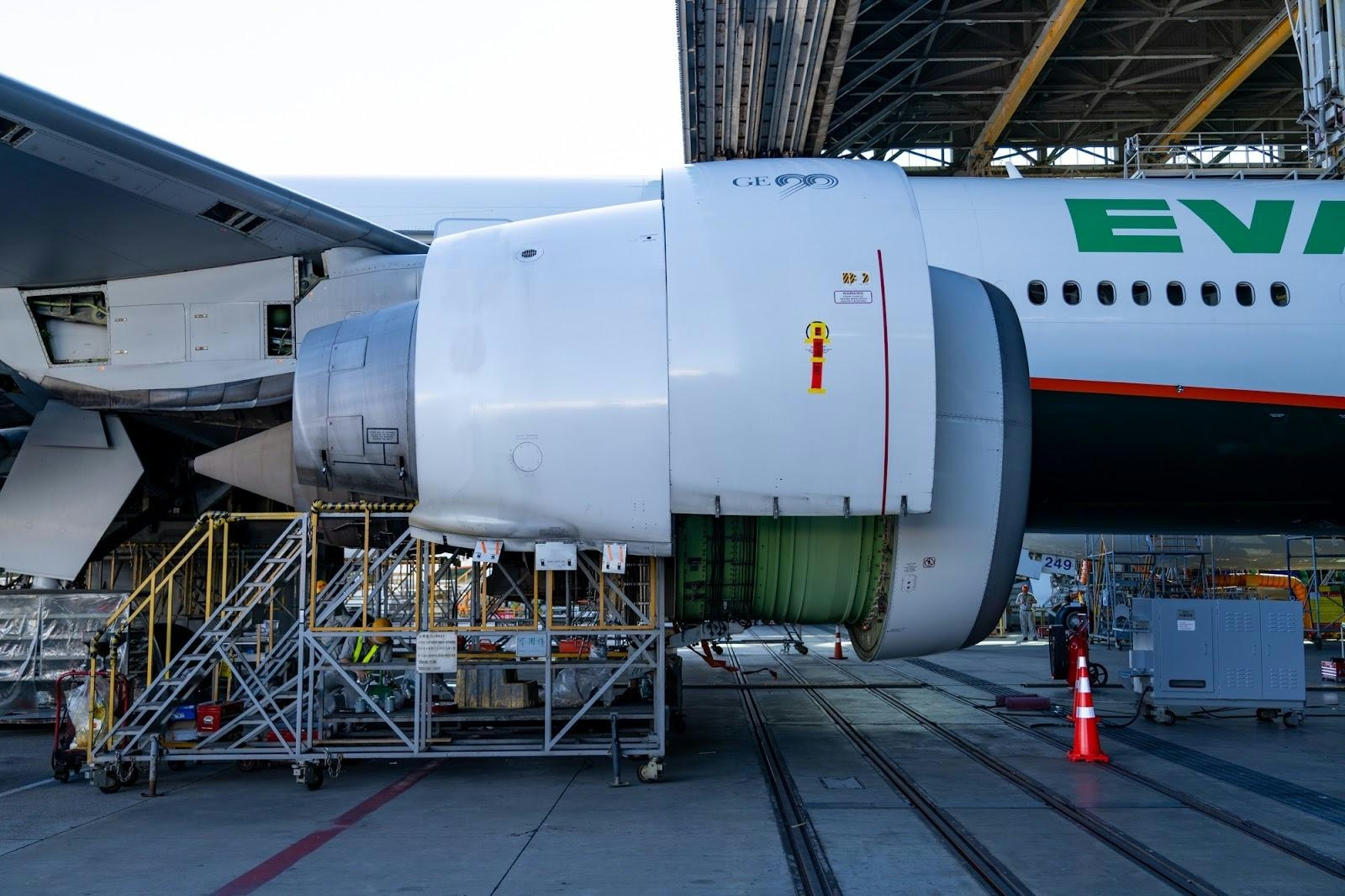
Inside the EGAT Facilities in Taipei
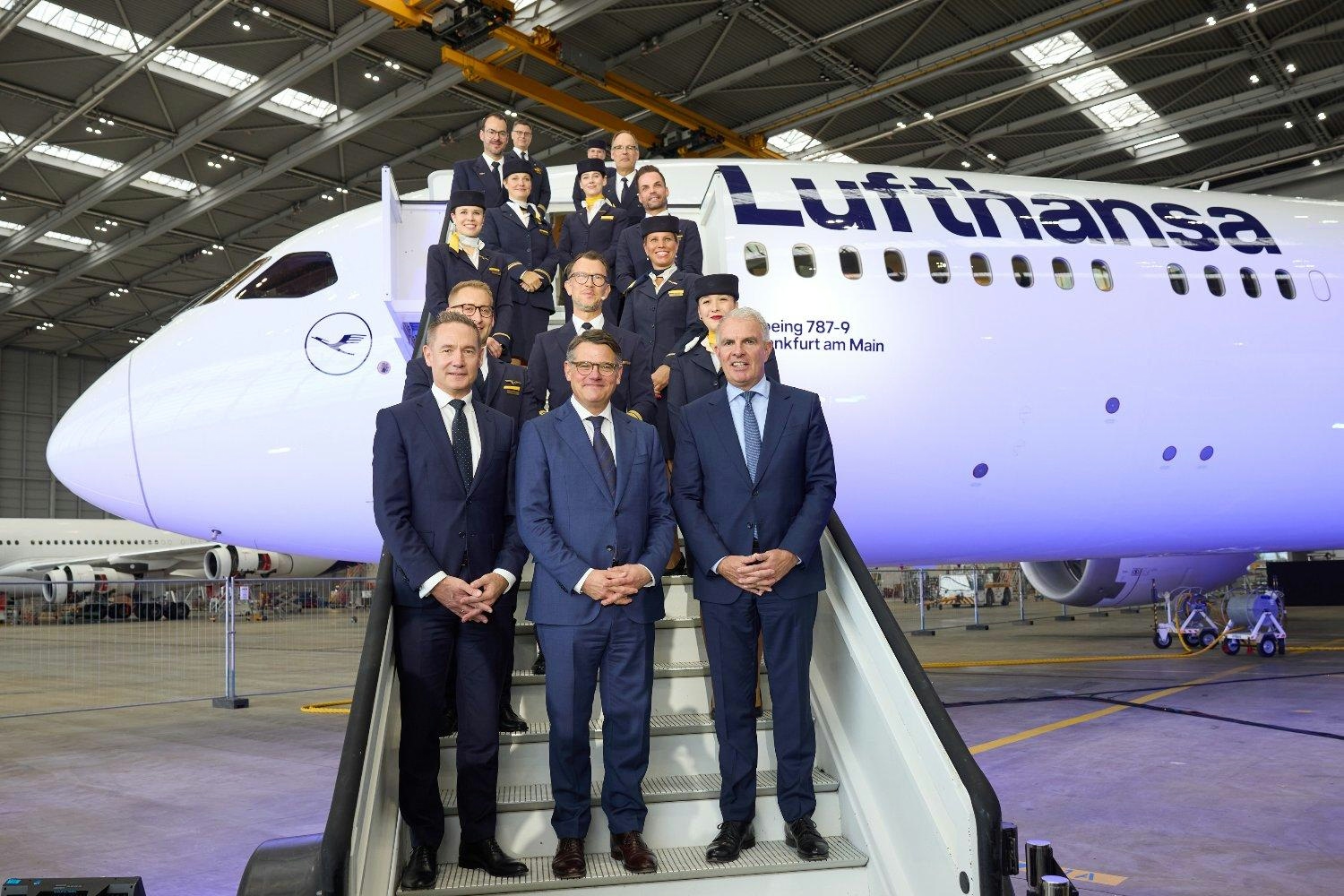
Lufthansa says US shutdown slowing Boeing deliveries
